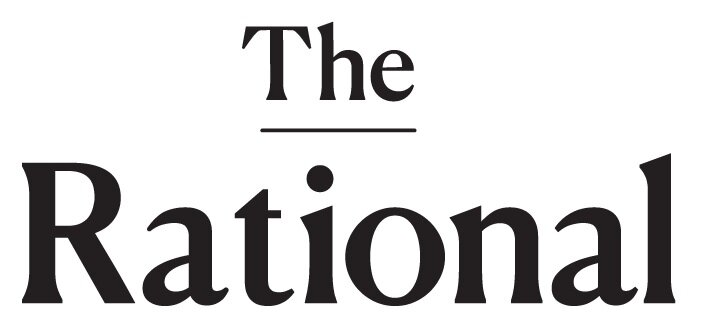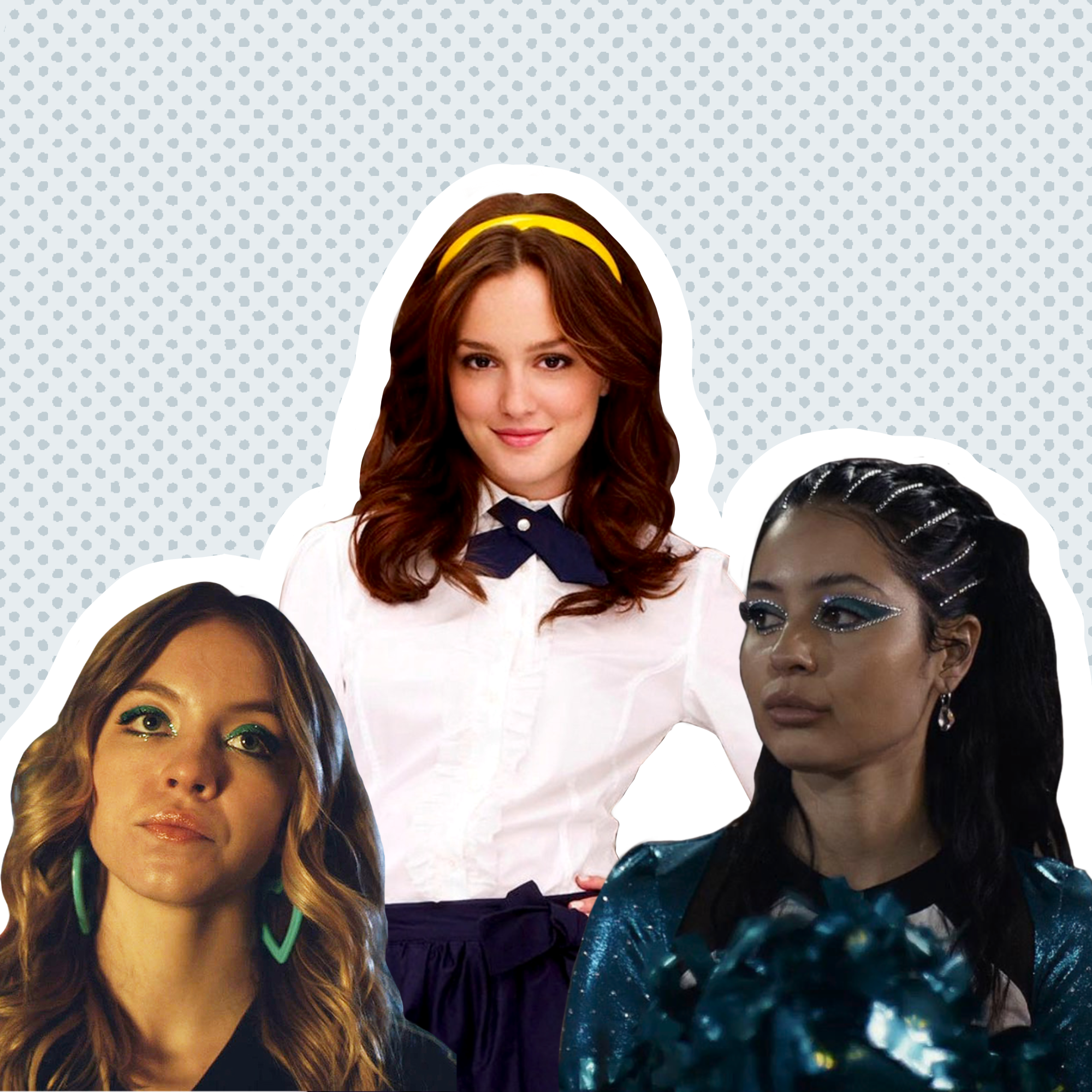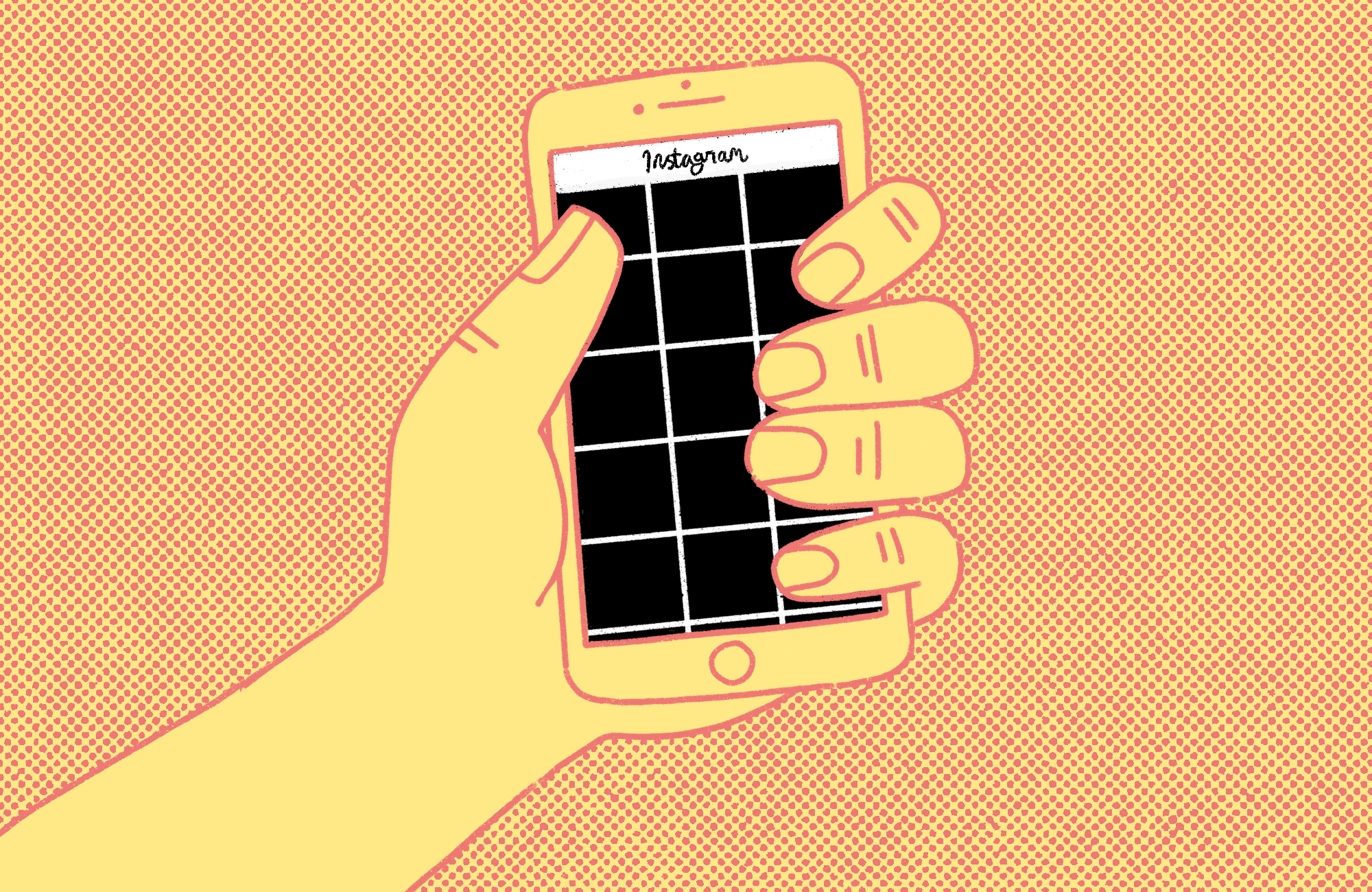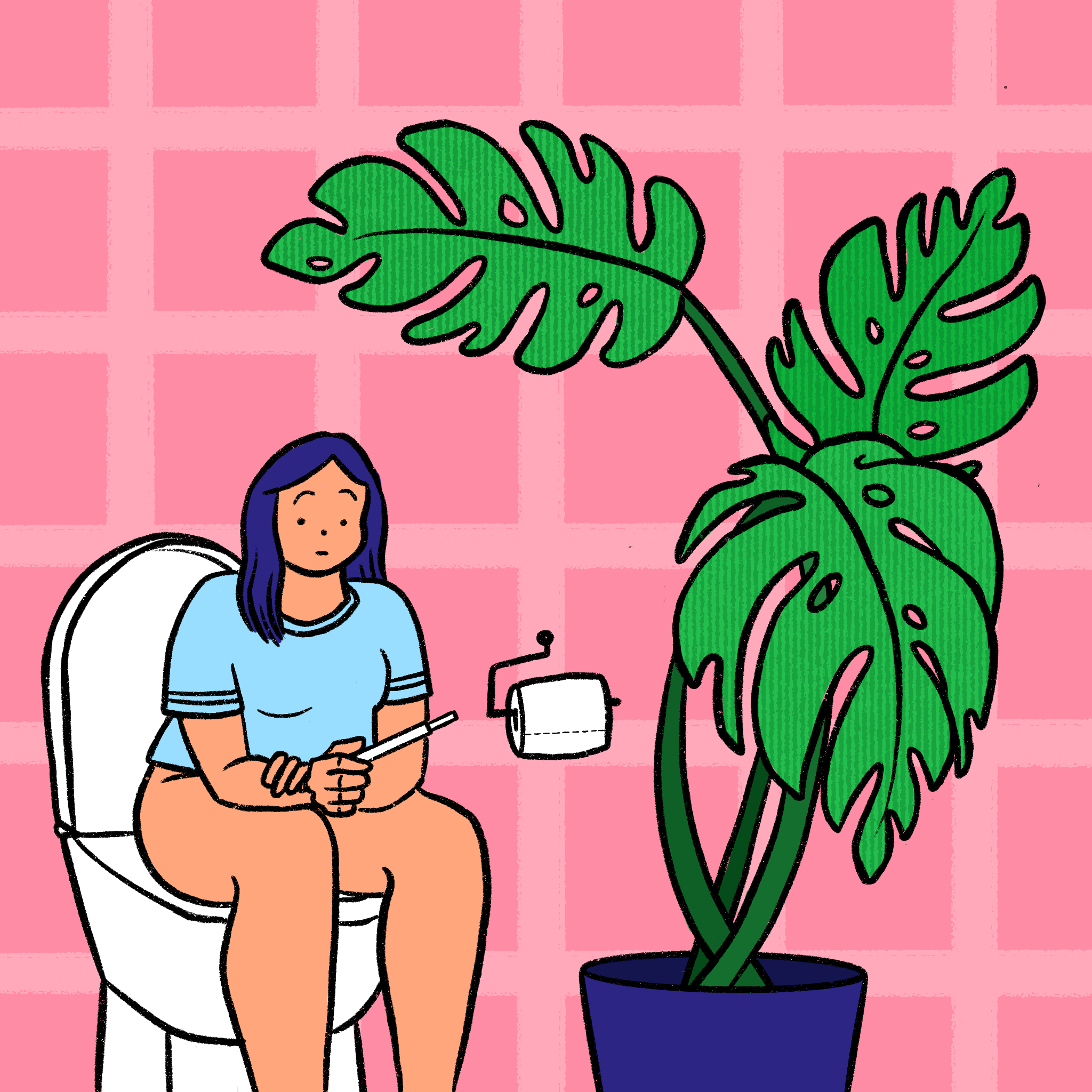When Did Reclaiming Girlish Kitsch Become High Fashion?
Accessories just got political.
While visiting New York in the summer of 2018, a friend and I attended a panel discussion on queer business. We were struck by a woman sitting in our row wearing one of the coolest bags I’d ever seen. The purse was made entirely of pastel-toned beads that interlocked in color-coded rows to create a sparkling rainbow of a bag. We quickly asked the purse owner where she had acquired this treasure and she kindly informed us that a new designer Susan Alexandra, was the creator.
Since her accessories business launched in 2017, Susan Alexandra has been the design darling of the accessories world. By the end of the summer of 2018, the Susan Alexandra beaded bag had become the it-purse of the season. It was spotted on celebs like Gigi Hadid and influencers like Jeanne Damas. The bags were getting snapped up so quick that a waitlist opened. There was just something about the beaded purses that was so damn intriguing. It was like wearing the penny candy aisle of your local gas station on your arm. The bags reminded me of sparkly jelly shoes and butterfly hair clips. It made me want to go to Claire’s and beg them not to file for bankruptcy (RIP). The bags took everything bright and sparkly and ephemeral about 1990s girlhood and boiled it into a purse so colorful and excessive it could make any basic outfit look avant-garde and fresh.
It was like wearing the penny candy aisle of your local gas station on your arm. The bags reminded me of sparkly jelly shoes and butterfly hair clips.
Since that summer, I’ve noticed a growing fashion trend of arts and crafts aesthetics that, like the Susan Alexandra bag, tow the line between kitsch and high fashion. In a 2018 interview with Alexandra, Glamour magazine described her bags as “just the right amount of kitsch and delight—two concepts that have found their way into fashion at this moment”. In the interview, Alexandra said she made one of her most popular bags, the Merry, with a spirit of “pure, unadulterated joy.” Besides Susan’s bags, trend pieces like gaudy hair clips, giant headbands, and what Refinery29 called the end of minimal makeup, exemplified by the makeup in the beloved HBO show of modern day teens Euphoria, and this year’s glorious Met Gala theme, “camp,” can all be situated within a resurgence of girlish kitsch.
The recent popularization of kitsch is a return rather than an emerging trend. Perhaps it all started in 2017 when a specific Pepto Bismol hue of pink took over the internet. The explosion of what we now call ‘millennial pink’ was not a re-discovery of the color so much as the result of a generation of young adults casting off years of internalized hetero-misogyny to state that pink was in fact an amazing, fun, joyful expression. As a choice 2017 Bustle article put it, “as for the enduring popularity of millennial pink it’s also worth remembering that, for the millennial generation, little is positive at the moment. American politics are a mess, millennial debt is climbing, the newspapers are filled with stories of sexual harassment, and a woman came closer than anybody else to the White House before being beaten by someone with no experience. It's not surprising that a color associated with innocence and uncomplicated childhood has held a strong position in the public consciousness for so long”. As recently as September 2019 millennial pink endures, with Susan Alexandra herself throwing a pink-saturated Bat Mitzvah party at New York Fashion Week.
As Bustle suggests, nostalgia for a simpler time, a time characterized by sparkly graphic tees paired with pink camo jeans, seems like an appropriate response for a generation dealing with massive debt, growing political anxiety, and an extremely precarious job market. But nostalgia amid turmoil is just one factor in the return of girlish kitsch. We cannot return to a girlhood aesthetic sensibility without first wading through the psychic layers of internalized misogyny and homophobia we’ve accumulated in the years since middle-school graduation. That we should choose to do this excavating precisely at this moment where it seems that our rights could be taken away any second is not an accident. What a simple act to clip a sparkling piece of an almost forgotten youth above our ears to embark, yet again, into this world so dedicated to dismissing our every thought and gesture. What we are saying, a la Marie Kondo, is that yes, a purse made of neon beads sparks joy and makes me want to tape a Zac Efron poster over my bed and that is a valid response to a world that seems hell-bent on denying us our simple pleasures. Taking part in this nostalgia bolsters us to tread bravely onwards into an uncertain future.
Taking part in this nostalgia bolsters us to tread bravely onwards into an uncertain future.
Maybe clipping a jumble of chunky, bedazzled hair clips onto your skull seems like small potatoes, but it is exactly the levity of this action that feels worth exploring. The chaos of our political moment demands our constant vigilance. It demands arguing for our humanity and for the humanity of those we love tirelessly. It means going to protests and donating our precious spare hours, if you have any, to advocating for the issues that matter to us. In short, to be a minority in this world is at best exhausting, at worst deadly.
It may even seem ridiculous to take the time to write an essay expunging meaning from aesthetic inclinations and shifting tastes, but there must be space for frivolity. This is why camp and its debut into the mainstream at this year’s Met Gala belongs in the category of girlish kitsch: camp is characterized by frivolity and excess. It celebrates the outmoded and the artifacts, often wearable ones, that invoke a particular nostalgia. Camp is also about inverting dominant aesthetic trends, ironizing them in earnest.
In any case, for millennials, growing up in a world marred by late-stage capitalism, environmental degradation, the election of a racist and queer-phobic rapist into the white house, and a myriad of other disillusionments,— saying ‘fuck it’, and topping our outfits with a giant headband like Blair Waldorf is a joyous expression, a nostalgia-woven security blanket for hard times. I believe it signals a hard-earned celebration of both our youth, innocence, and the qualities of ourselves that sexism and queerphobia would have us forsake—wearing these dismissed traits on our sleeves and demanding to be taken seriously anyway. And, at the end of the day, it’s just really fun.












